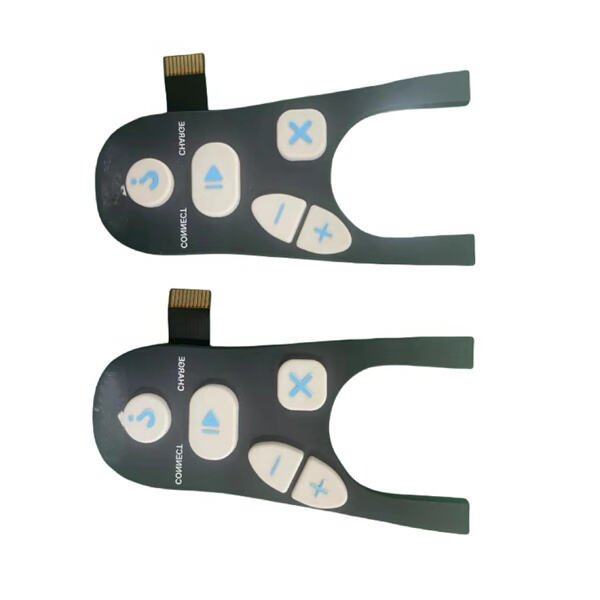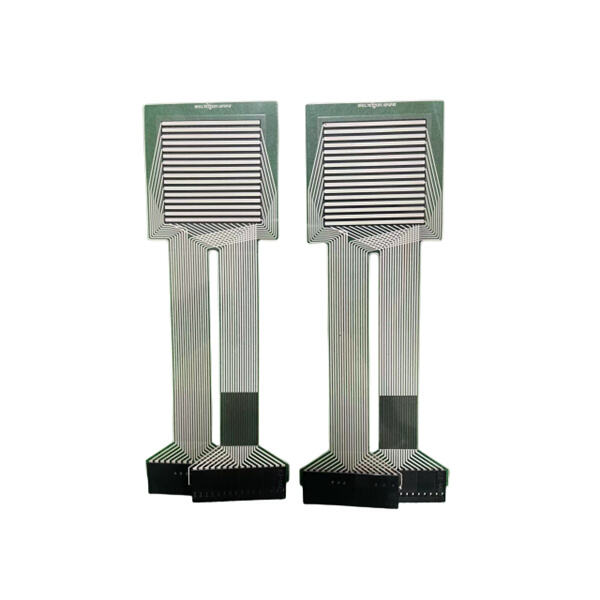Flex force sensors are neat tools that allow us to measure how much force we’re applying when something bends. These sensors are very much like tiny detectives that can tell us how much pressure or force is being applied. We will find out: – What are flex force sensors?– How do flex force sensors work?– Where and how are they used?– Why are they beneficial?– How to choose the right one?– The science behind them– And, a few fun ways they are used in technology today.
Description A flex force sensor is a special type of resistive sensor that can be used in judging direction and how much force/pressure is being applied to the sensor when the material is bent. What if you could know precisely how hard you were squeezing something — a stress ball, a toy — through a tiny sensor with many applications? Flex force sensors are made from special materials that change when you bend them. This shift can be quantified and turned into a signal that informs us about the amount of force being applied.
Flex force sensors have numerous potential applications. They are common in medical devices that test a patient’s muscle strength or monitor how much pressure is on a wound. Examples in robots: Flex force sensors allow robots to feel touch, so that they can safely engage with people and their environments. They can also be applied in sports equipment to monitor force throughout a game or practice.
One key advantage of flex force sensors is that they deliver real-time feedback about force levels. This aid to increase safety and performance in most applications. And in addition to its strength, flex force sensors are lightweight and flexible, ideal for many different jobs.

When choosing a flex force sensor, consider factors like how much force it can measure, how sensitive and accurate it is, its size and shape and whether it works with other devices. Some sensors are designed for low-force tasks, others for high-force jobs. You’ll also have to consider whether you’d like to have a wired or wireless sensor for what you require.

Flex force sensors rely on an effect known as piezoresistivity. What this means is that some materials alter their electrical resistance when they are twisted or squeezed. These sensors are composed of flexible materials with small parts that can move when the material bends. This movement affects how electricity passes through the sensor, and this can be quantified to tell you how much force you are using.

Some of the exciting applications for Flex force sensors being used today include: For instance, they are incorporated into smart garments and wearables to monitor movements during exercise or physical therapy. In virtual reality and gaming, flex force sensors make experiences more enjoyable and engaging, allowing users to operate, manipulate and interact with digital environments using natural locomotion and gestures.


Copyright © Dongguan Soushine Industry Co.,Ltd. All Rights Reserved - Privacy Policy